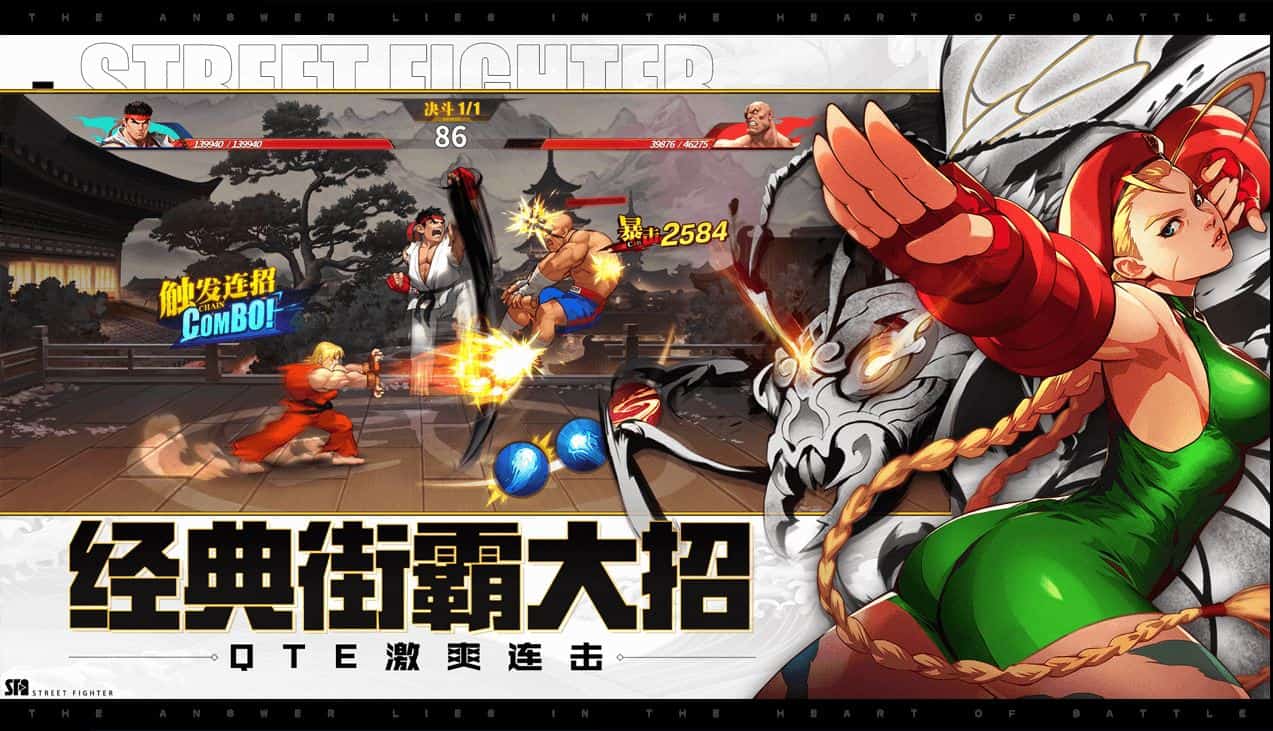
STREET FIGHTER DUEL 1540 FULL
The parties involved would wear their own armour for example, one knight wearing full plate might face another wearing chain mail. however, weapon quality and augmentations were at the discretion of the knight, for example, a spiked hand guard or an extra grip for half-swording. Weapons were standardized and typical of a knight's armoury, for example longswords, polearms etc. The battle was fought as a result of a slight or challenge to one party's honor which could not be resolved by a court. The feat of arms was used to settle hostilities between two large parties and supervised by a judge. Judicial combat took two forms in medieval society, the feat of arms and chivalric combat. Countries such as France, Germany, England, and Ireland practiced this tradition. In medieval society, judicial duels were fought by knights and squires to end various disputes.

In Western society, the formal concept of a duel developed out of the medieval judicial duel and older pre-Christian practices such as the Viking Age holmgang. Minamoto no Yoshihira and Taira no Shigemori (Japan in 1159) Commemorative poster for the fourth centennial of the Disfida di Barletta, the Challenge of Barletta, fought on 13 February 1503 between 13 Italian and 13 French knights all shown wearing full plate armour. align themselves perpendicular to the sun so that neither has an advantage. History Early history and Middle Ages įurther information: Single combat Depiction of a judicial combat in the Dresden codex of the Sachsenspiegel (early to mid-14th century), illustrating the provision that the two combatants must "share the sun", i.e. Research has linked the decline of dueling to increases in state capacity. Public opinion, not legislation, caused the change. Dueling declined in the Eastern United States in the 19th century and by the time of the American Civil War, dueling had begun to wane even in the Dueling largely fell out of favour in England by the mid-19th century and in Continental Europe by the turn of the 20th century. įrom the early 17th century, duels became illegal in the countries where they were practiced.

The Fourth Council of the Lateran (1215) outlawed duels, and civil legislation in the Holy Roman Empire against dueling was passed in the wake of the Thirty Years' War. Legislation against dueling goes back to the medieval period. On occasion, duels with swords or pistols were fought between women. As such, the tradition of dueling was originally reserved for the male members of nobility however, in the modern era, it extended to those of the upper classes more generally. Duels were fought not so much to kill the opponent as to gain "satisfaction", that is, to restore one's honor by demonstrating a willingness to risk one's life for it. Fencing and shooting continued to co-exist throughout the 19th century.
STREET FIGHTER DUEL 1540 CODE
The Code Of Honor-A Duel in the Bois De Boulogne, Near Paris, wood-engraving after Godefroy Durand, Harper's Weekly (January 1875)Ī duel is an arranged engagement in combat between two people, with matched weapons, in accordance with agreed-upon rules.ĭuring the 17th and 18th centuries (and earlier), duels were mostly single combats fought with swords (the rapier and later the small sword), but beginning in the late 18th century in England, duels were more commonly fought using pistols.

For other uses, see Duel (disambiguation).


 0 kommentar(er)
0 kommentar(er)
